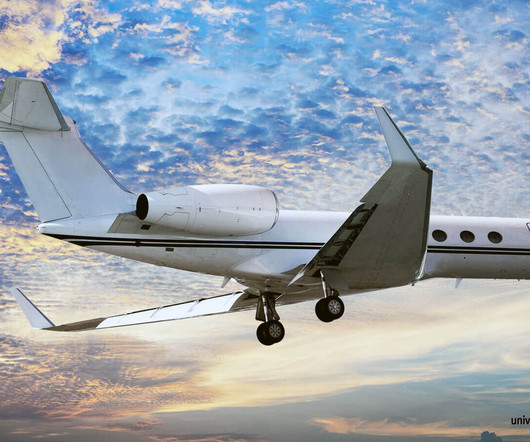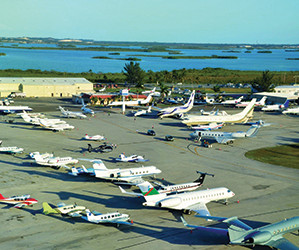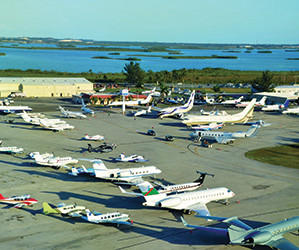Business Aviation Weather: International Standard Atmosphere – How It Affects Flight
Universal Weather
JULY 31, 2025
It assumes: No moisture (completely dry air) No wind or turbulence Standard pressure, temperature, and density profiles from sea level up through the stratosphere The model is based on the thermodynamic equation and includes tables of values for temperature, pressure, and density at various altitudes. Here’s what you need to know.
















Let's personalize your content